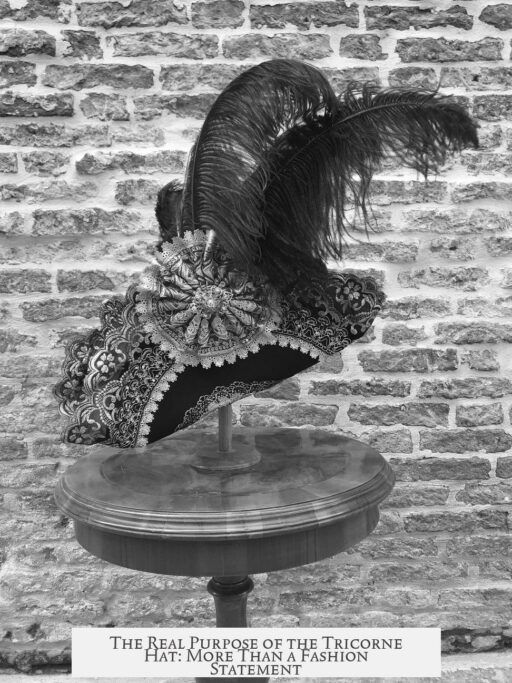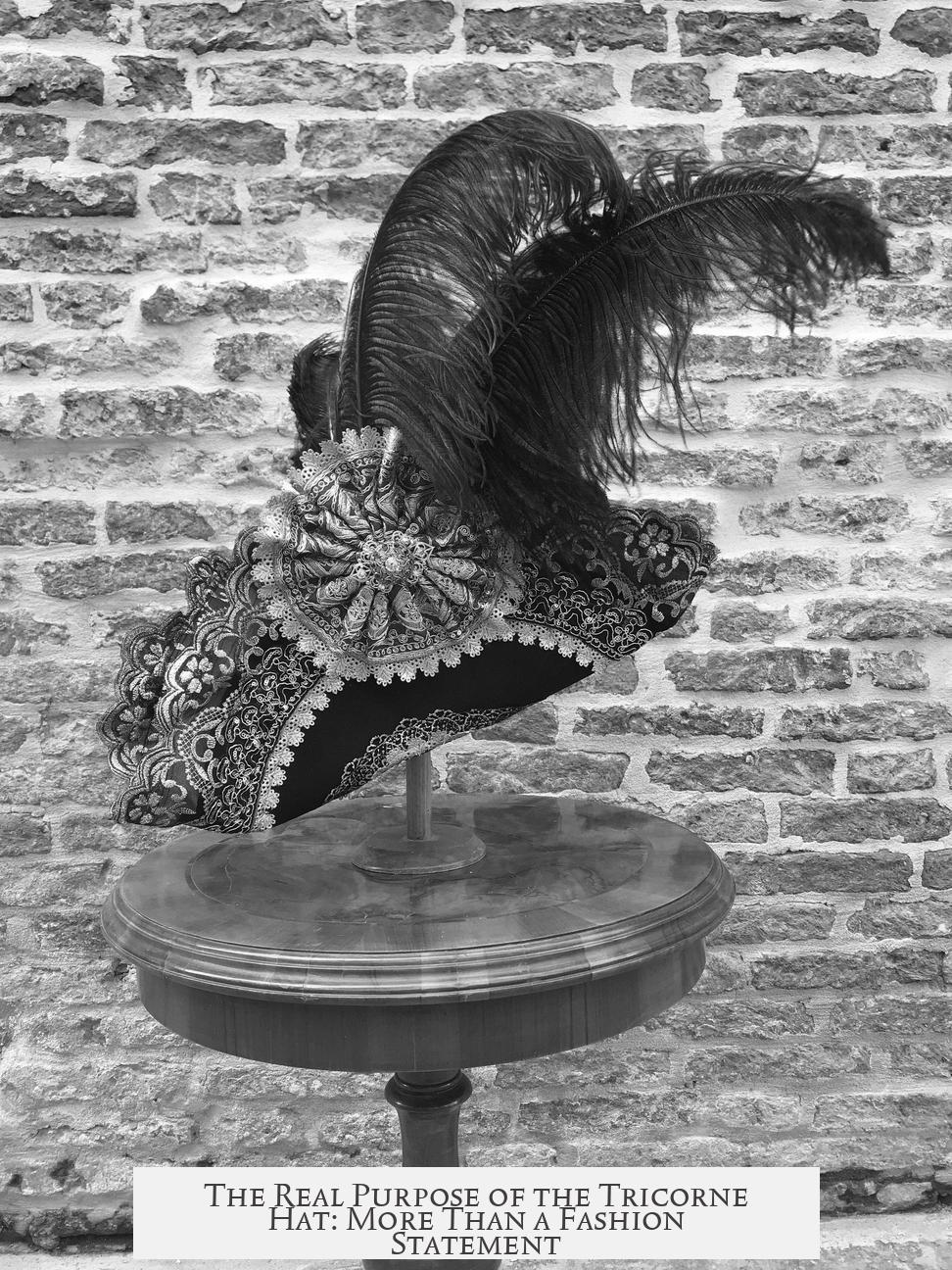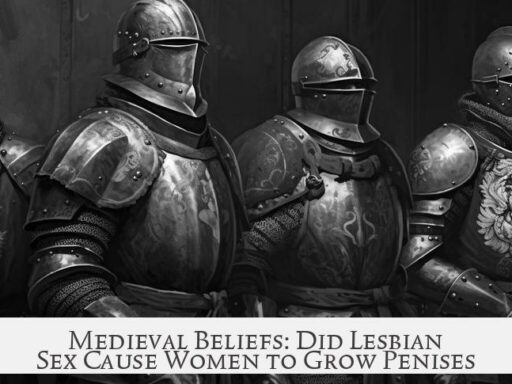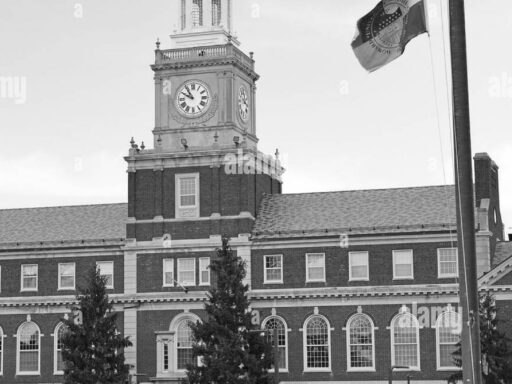The tricorne hat primarily serves as a fashion item, symbolizing gentlemanly style rather than offering direct protection from the sun or elements. Though it looks impractical at first glance, it meets specific needs of 17th- and 18th-century wearers through its distinctive design. The hat’s triangular shape results from turning up the brim on three sides, which evolved from earlier wide-brimmed hats.
In the early 1600s, hats had wide brims and tall, round crowns, such as the Pilgrim hat. By the 1630s, styles shifted focus from crown to brim, creating what some called the cavalier hat. By the late 1600s, turning up brims became more ornate and common. By the 1700s, the tricorn style emerged as the standard for fashionable civilian and military headwear.
Despite appearing mostly decorative, the tricorne hat offers practical features. Known then as the cocked hat, it was often unlaced on the sides to lower the brims, providing protection against sun and rain when needed. This flexibility served British soldiers in hot climates during the American War for Independence, for example.
The design also supported military functionality. The turned-up brims allowed muskets to be shouldered without dislodging the hat, unlike wide-brimmed versions that would be knocked off easily. Some naval experts suggest the shape reduced wind resistance, making the hat more secure in breezy conditions.
The tricorne maintained popularity until the late 18th century. Civilian fashion moved toward the top hat, and military uniforms adopted shakos. These changes reflect how military fashion traditionally follows civilian trends, gradually replacing the tricorne in formal wear.
| Aspect | Details |
|---|---|
| Fashion Role | Signaled gentlemanly status; essential part of formal attire |
| Design Evolution | From Pilgrim hats to cavalier hats to tricornes by 1700 |
| Functionality | Adjustable brims for protection; compatible with musket handling |
| Military Use | Allowed better maneuverability; some wind resistance benefits |
| Decline | Replaced by top hats (civilians) and shakos (military) late 18th century |
- The tricorne is mainly a fashion symbol rather than a sun or weather shield.
- Its turned-up brims allow for practical adaptations like rain protection and musket use.
- Military and civilian styles influenced each other in adopting and retiring the tricorne.
The Real Purpose of the Tricorne Hat: More Than Just a Fashion Statement?
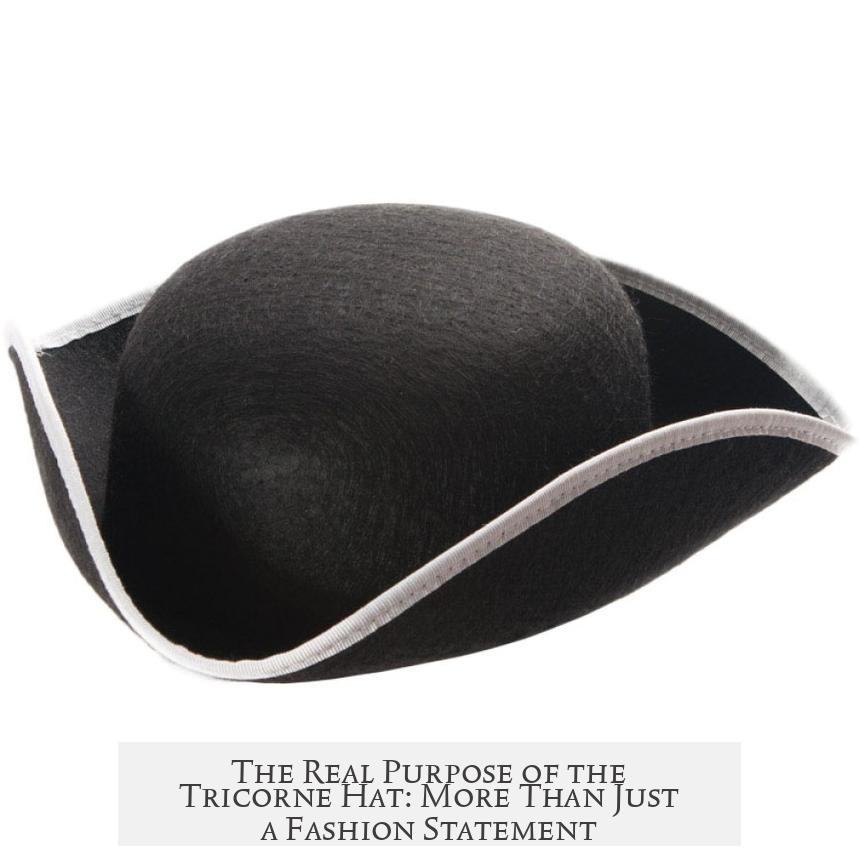
So, what was the purpose of the tricorne hat? It doesn’t seem like it would provide much protection from the sun or the elements. Was it sort of just a fashion item? The short answer: yes and no. The tricorne hat was undeniably a fashion statement. Yet, it had some clever practical features that made it more than just a fancy accessory for 18th-century gentlemen and soldiers.
Let’s unravel this fascinating piece of headwear history, because there’s more beneath those turned-up brims than meets the eye.
Fashion First: The Gentleman’s Hat
Back in the 1600s and 1700s, wearing a hat was simply part of being a gentleman. It wasn’t primarily about shading your face or keeping dry during a drizzle. Instead, gentlemen covered their heads because that was the style—a symbol of status and decorum.
The tricorne was essentially a “fashion item” that conveyed social class. It wasn’t like a laborer grabbing a broad-brimmed straw hat to fend off the sun; it was more about looking the part of a refined individual.
Interestingly, hats back in the early 17th century looked very different. Think of the tall, round-crowned Pilgrim hats with medium-width brims and bold hatbands. By the 1630s, styles had shifted. The emphasis moved from the crown’s height to dressing up the brim itself, a change that led to the flamboyant ‘cavalier hat.’
This evolution continued until the brims were stylishly ‘cocked’ — turned up in three places, giving birth to what we now call the tricorne. By 1700, wearing a hat with brims turned up on three sides became the standard for fashion-conscious gentlemen.
Wait, It’s Practical Too?
At first glance, the tricorne looks like it might invite rain or sun right onto your face. But it was quite practical, especially for the military.
- The hat’s brims could be unlaced and folded down for full protection against rain or sun when needed.
- This feature was regularly used by British soldiers during the American War of Independence, especially in the southern states with harsh weather conditions.
- Its shape kept the broad sides off the shoulders and chest, so muskets could be shouldered without knocking off the hat. That’s a big plus compared to a wide-brimmed hat.
- Naval re-enactors suggest it was also aerodynamic, helping it stay put on windy decks—though this point isn’t 100% confirmed, it sounds plausible.
So the tricorne blended style and function, meeting the needs of civilians and soldiers alike. Its shape allowed it to be folded flat for easy storage or transported under the arm, which was certainly handy for people on the go.
Why Did the Tricorne Fall Out of Favor?
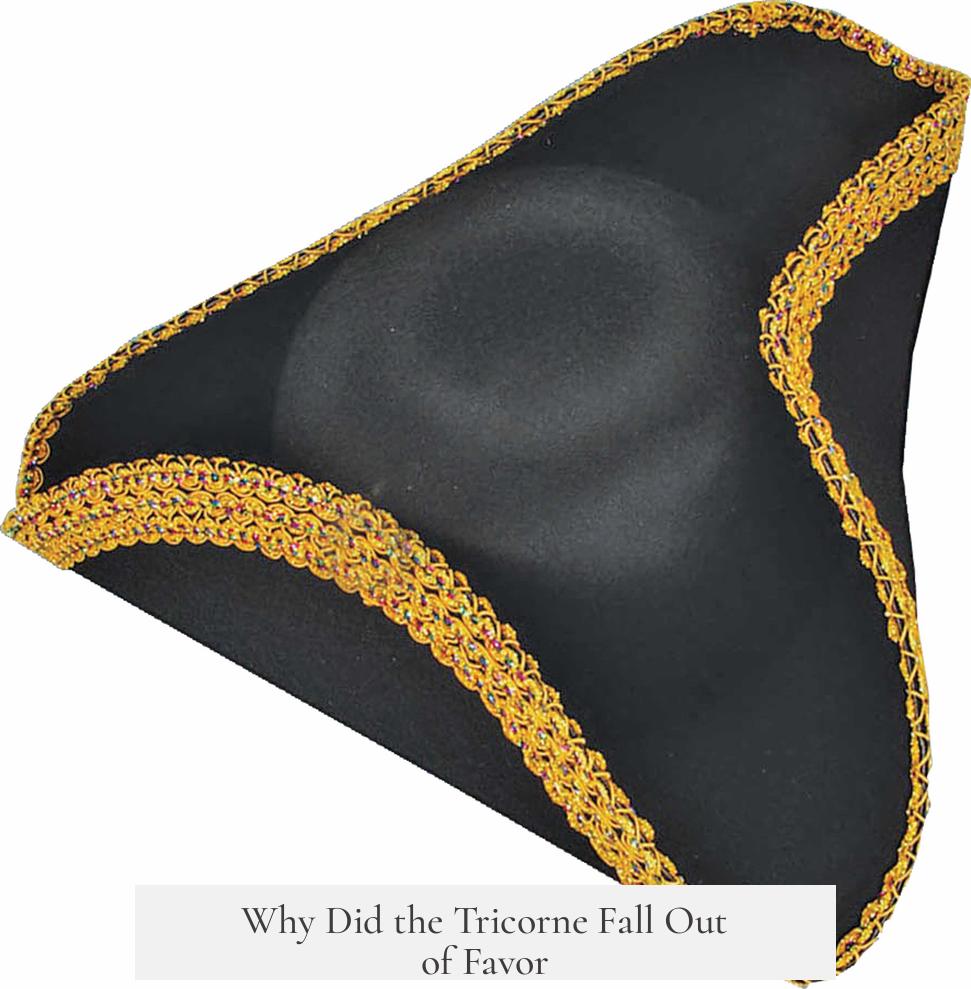
By the late 18th century, the tricorne hat gave way to new styles. Civilians switched to top hats, and soldiers moved on to shakos—tall, cylindrical military hats that suited the changing fashions and functional demands.
Military fashion, naturally, tended to follow civilian trends. When the more streamlined top hats and shakos became popular, the tricorne’s time was over. It had served its purpose as an emblem of sophistication and practicality.
Is the Tricorne Just a Pretty Hat?
Sure, it’s easy to dismiss the tricorne as merely a style fad with little use. But that overlooks the hat’s adaptability and clever design. Men valued the hat for more than just its looks. It indicated status, provided modifiable protection from the elements, and accommodated the practical needs of soldiers on the battlefield.
Imagine a soldier standing on a windy ship deck in 1778, musket in hand, trying to keep his hat from flying away. Wearing a tricorne, he can shoulder his rifle without the hat interfering and maybe even keep it in place better than a floppy wide brim.
Fashion in those days wasn’t frivolous; it was about solving challenges in style. When the hat’s designers folded and pinned the brim into a tricorne, they merged utility with charm.
Lessons From the Tricorne: Finding Style and Function in One
Does this old hat have any relevance today? Absolutely. It reminds us that style and practicality don’t have to be enemies.
Next time you pick a hat or any fashion item, ask yourself:
- Does it reflect who I am or want to be?
- Can I use it to solve a problem, no matter how small?
- Can something as simple as a brim’s shape make a difference?
Just like the tricorne, good design often hides clever solutions wrapped in style.
Summary Table: Tricorne Hat Purposes
| Aspect | Explanation |
|---|---|
| Fashion Symbol | Marked gentlemanly status; covered heads as a social norm, not just sun protection. |
| Evolution | Started from tall Pilgrim hats, shifted to brims being turned up in a stylish ‘tricorne’ form by 1700. |
| Practicality | Could fold brims down for rain/sun, allowed musket use without knocking off hat, possibly more aerodynamic. |
| Military Use | Common in battles such as the American War of Independence, integrating fashion and function. |
| Decline | Replaced by top hats and shakos by late 18th century following civilian fashion shifts. |
So, the tricorne was far more than a fancy hat. It was a smart, stylish solution to the needs of its day. Fascinating, isn’t it, how even 300 years ago, people found inventive ways to combine form and function?
